Acute artery occlusion -- which one?
Dr. Smith's ECG Blog
SEPTEMBER 23, 2024
It shows sinus tachycardia with right bundle branch block. Taking a step back , remember that sinus tachycardia is less commonly seen in OMI (except in cases of impending cardiogenic shock). Answer : Bedside ultrasound! Smith : RV infarct may also have this appearance on ultrasound. Both were wrong.

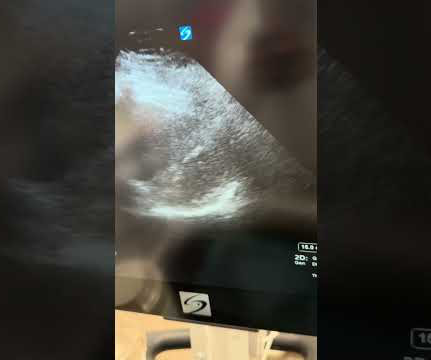

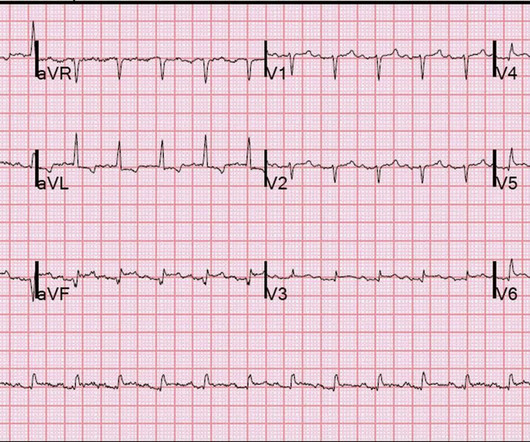
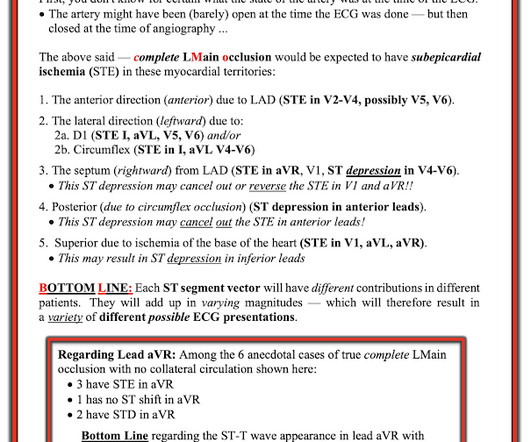
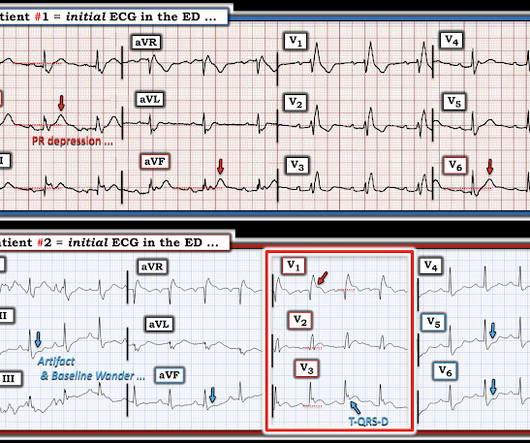

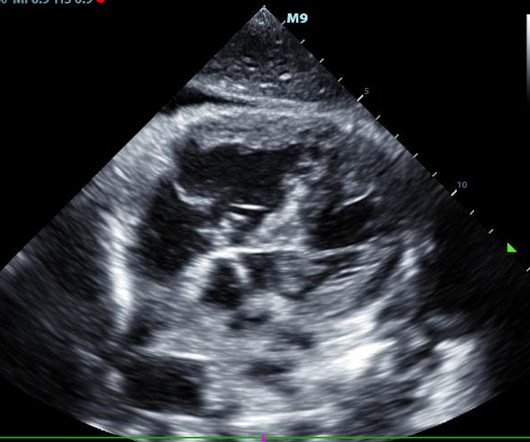


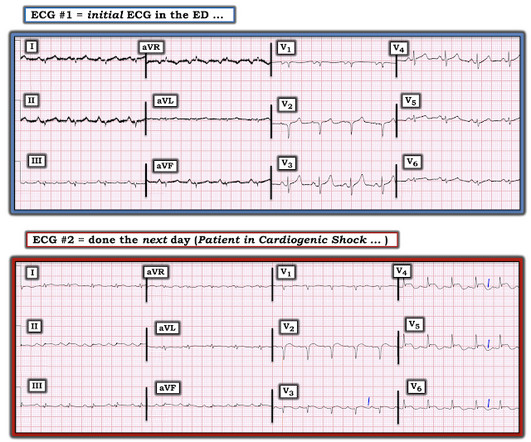







Let's personalize your content